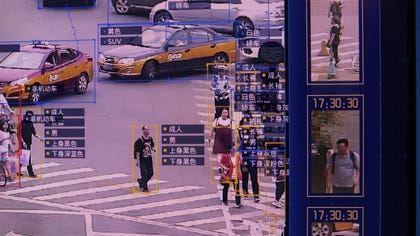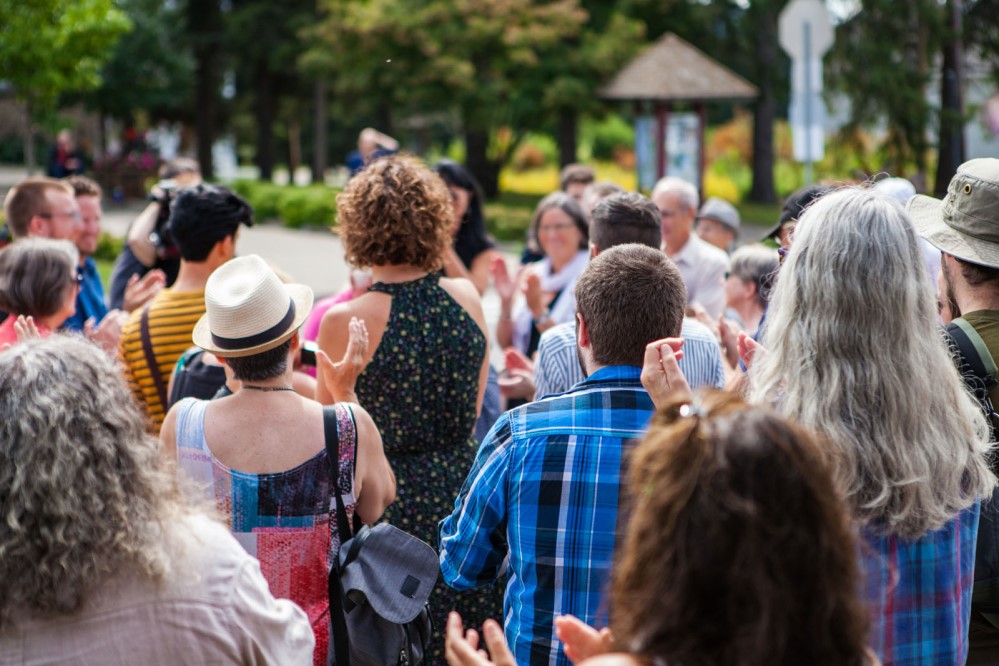W4 : The Intersection of Police Surveillance and Facial Recognition: Balancing Security and Privacy
Nowadays, facial recognition technologies are being used in
police surveillance in various parts of the world to enhance law enforcement
efforts. When a criminal event happens, security personnel must be able to
locate the suspect quickly. And with the help of a facial recognition
surveillance system, companies can quickly locate and find the person by just
uploading a picture with the face.(Building a Security & Surveillance System with Facial Recognition,
2023)
However, there are still a few concerns regarding privacy, potential biases and
the need to improve accuracy and transparency.
(Mascellino, 2021)
FUTURE VISION
In a future scenario, approximately 30 to 40 years from now,
police surveillance and facial recognition systems will achieve a balance
between security and privacy. The ideal state envisions high accuracy,
transparency, and unbiased facial recognition algorithms.
(Kharpal, 2019)
1. Unbiased Algorithm Development
Develop and implement strict guidelines for creating and
deploying the facial recognition algorithm. The guideline should prioritize
fairness, accuracy and transparency, minimizing biases and ensuring
accountability at the same time. With the help of strict guidelines, a
developed algorithm can be reliable and unbiased. This solution requires
collaboration between technology experts, lawmakers and civil rights
organizations to establish a clear guideline that can have a strike of balance
between privacy and security.
(Alfred, 2020)
2. Privacy Enhancing Technologies
Integrate advanced privacy enhancing technologies into
facial recognition system. This technology includes a wide range of
applications that can help developers and researchers to analyse data without
revealing personal information. Integrating privacy enhancing technologies into
surveillance systems can provide a layer of help to protect the identity and
security of people in photos and videos while still allowing effective law
enforcement. This solution requires investment in research and development.
3. Public Engagement and Oversight
A well-developed mechanism for public engagement and
oversight must be established in using facial recognition technology. This
involves creating independent review boards involving community representatives
and conducting regular audits to ensure compliance with proper privacy
regulations and address public concerns. Inviting and explaining in the
decision-making process can promote trust and build relationships.
Relationships and trust take time to build which means they are not established
immediately but develop gradually though the consistent effort of interactions.
The inspiration behind these solutions stems from the
concern and recognition of the importance of balancing security and privacy in
police surveillance. The aim was to address the current challenges and
limitations by envisioning a future where technology is highly developed,
privacy is well protected and public trust is restored.
References
Building a Security & Surveillance System with Facial Recognition. (2023, January 30).
https://www.cyberlink.com/faceme/insights/articles/460/building-surveillance-systems-with-facial-recognition-technology
Michael, H. (2022, March 1). How
Public Engagement Produces More Accountable and Effective Government.
https://icma.org/articles/pm-magazine/how-public-engagement-produces-more-accountable-and-effective-government
Miguel, G. (2022, December 22). New
privacy-enhancing technology for everyone.
https://developers.googleblog.com/2022/12/new-privacy-enhancing-technology-for-everyone.html





Comments
Post a Comment